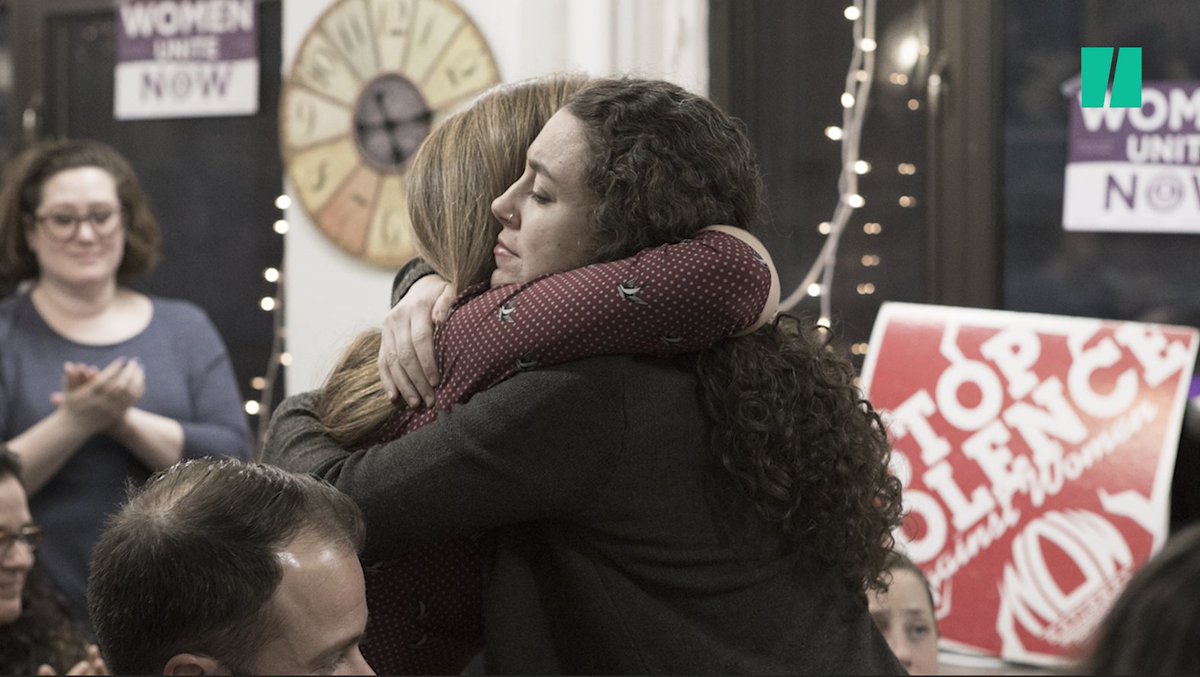The #MeToo hashtag has created a space of female solidarity for victims who have experienced various forms of sexual abuse.
The dominant male response has involved a new hashtag — #HowIWillChange — where men are declaring their intention to stop sexualizing women and to stand in solidarity with them against assault. When men have stepped into the spotlight to say #MeToo applies to them too, as victims of sexual violence, they have sometimes been welcomed and other times less so.
Labelling the trauma may represent a first disclosure — a sensitive time period. The #MeToo space has evolved towards #HealMeToo, towards recognition of the struggle that sexual assault survivors live with, and the need for healing and on-going support and activism.
Yet for real healing to occur, I think we need to ask ourselves: Are we ready, as a society, to listen to the male victim? Can we create both virtual and face-to-face culturally safe spaces to listen, without co-opting the female space — to listen, especially to male youth?
This question resonates with me as a child abuse and dating violence expert. And it resonates with my team of researchers in boys’ and men’s health in McMaster University’s Department of Pediatrics and the Offord Centre for Child Studies.
If we listen, perhaps we can transform the current of toxic masculinity towards the alternative — a compassionate masculinity.
Disrupting the cycle of toxic masculinity
A 2011 review of the prevalence of child sexual abuse around the world shows that it’s a female-dominant issue — about one in five girls and one in 13 boys globally are sexually abused.
A more recent 2017 review shows male victimization rates of about five per cent of school youth globally, rising to 16 per cent among high-risk youth such as those forced to live on the street at times.
These statistics tell us that there are tens of millions of male children and teens who confront sexual abuse, as well as girls and young women.
To understand and prevent male violence against both women and men, and then to disrupt the cycle of toxic masculinity and trauma, we need to check our biases on who is socially “accepted” as a victim. The words of one victim summarize this: “A boy, being a victim, nobody really buys that, you know?”
After #MeToo brought attention to sexual harassment and assault, #HealMeToo is shining a light on the trauma that many survivors live with.
The challenge we deal with is that there are two simple facts in sexual abuse: (1) the vast majority of perpetrators are males, leading us to blame men and hold them accountable; and (2) sexually attacking a person requires a significant degree of emotional distance, which is a key factor in the cycle of “toxic masculinity.”
This emotional distance manifests in many ways as low empathy, low compassion, victim-blaming, micro-aggressions and frankly assaultive behaviour, from “cat-calling” to rape.
In cases of child sexual abuse, or CSA, what I call the “want-take” violent dynamic is at its highest with total disregard for the vulnerability of the child or adolescent.
Young male victims of CSA then have to deal with the violent experience of toxic masculinity from the perpetrator at a time when they are forming their own identities as males, while they are experiencing toxic stress from being maltreated.
This occurs within a culture where boys are often asked to be tough and may have few male role models for healthy emotional expression. It’s a culture in which men are primarily the perpetrators of violence and in which there may be few compassionate ears to listen.
So we must listen. Even if the young male victim first tries to push us away, we must persist in our message: “We are here for you — when you are ready to talk, we are here.”
Disconnected emotional lives
Our team brings Canadian researchers and projects together to tackle the “what about the boys?” question.
We used data from Québec City over a 10-year period, comparing child sexual abuse victims (at an average age of 10 years old) to children who had not been abused, following up with both groups five years later, in their adolescence.
Abused males were more likely to consult a physician for mental health problems and to be hospitalized for physical health issues than their peers who had not been abused.
When compared to female abuse victims, abused males were more than twice as likely to consult a physician for physical health problems, but 2.3 times less likely to consult one for mental health problems. Other results from our research are explained in this research to action video.
This leads to a series of questions: Are health and other service providers such as social workers and counsellors more likely to respond to physical health challenges in males, funnelling them towards less and less connection to their emotional life?
If we as a society cannot accept male emotional distress (and maybe the victims themselves cannot either), then what are we ready to listen to? The violence that ensues when these males act out instead?
Are we further stigmatizing marginalized and abused youth and steering them toward trouble with the law and juvenile detention when they are experiencing trauma symptoms of distress, fear and anxiety?
1 in 4 women are sexually assaulted, but 1 in 12 men are also sexually assaulted. #EndTheStigma, don't victim-blame men either.





